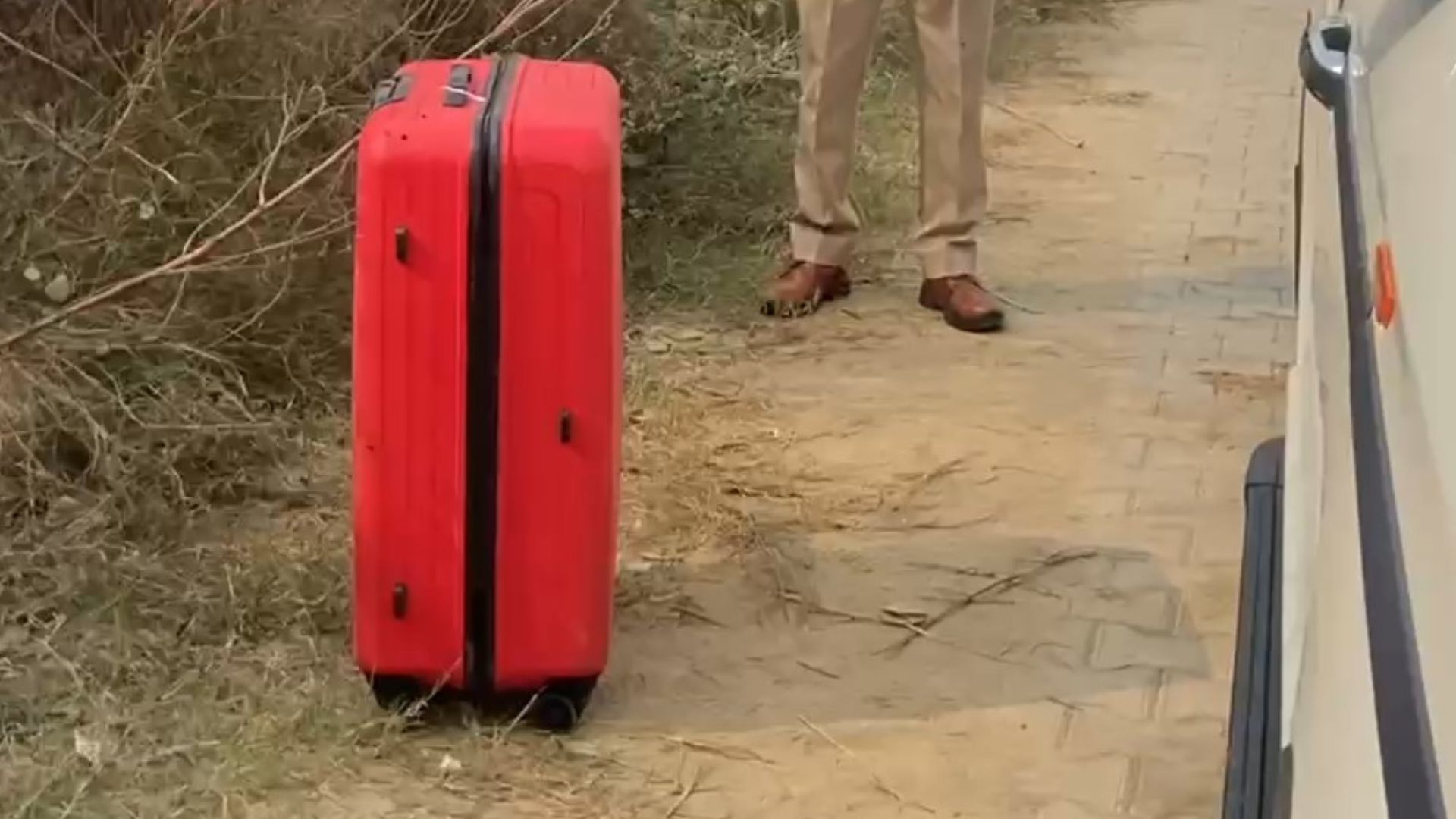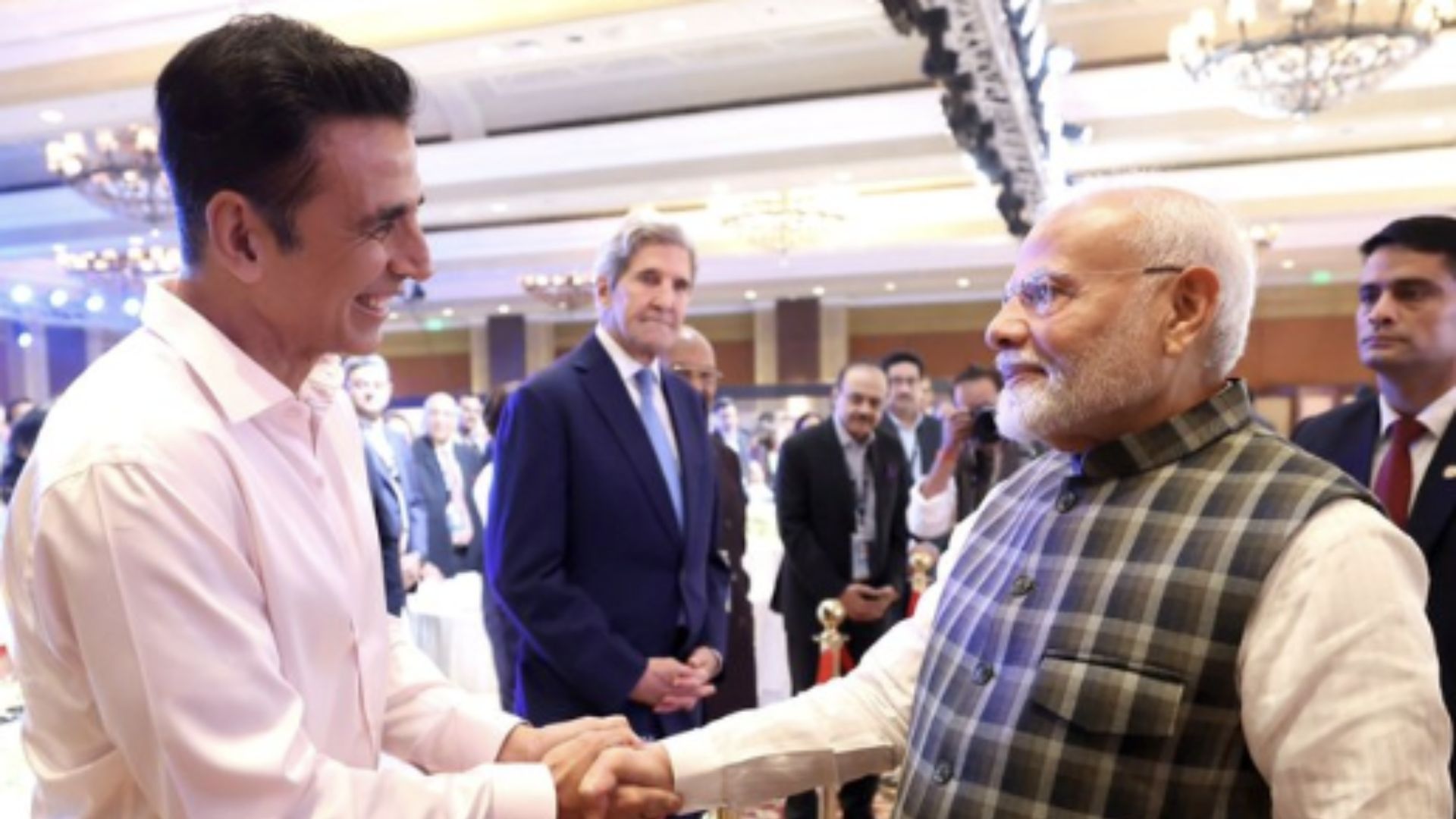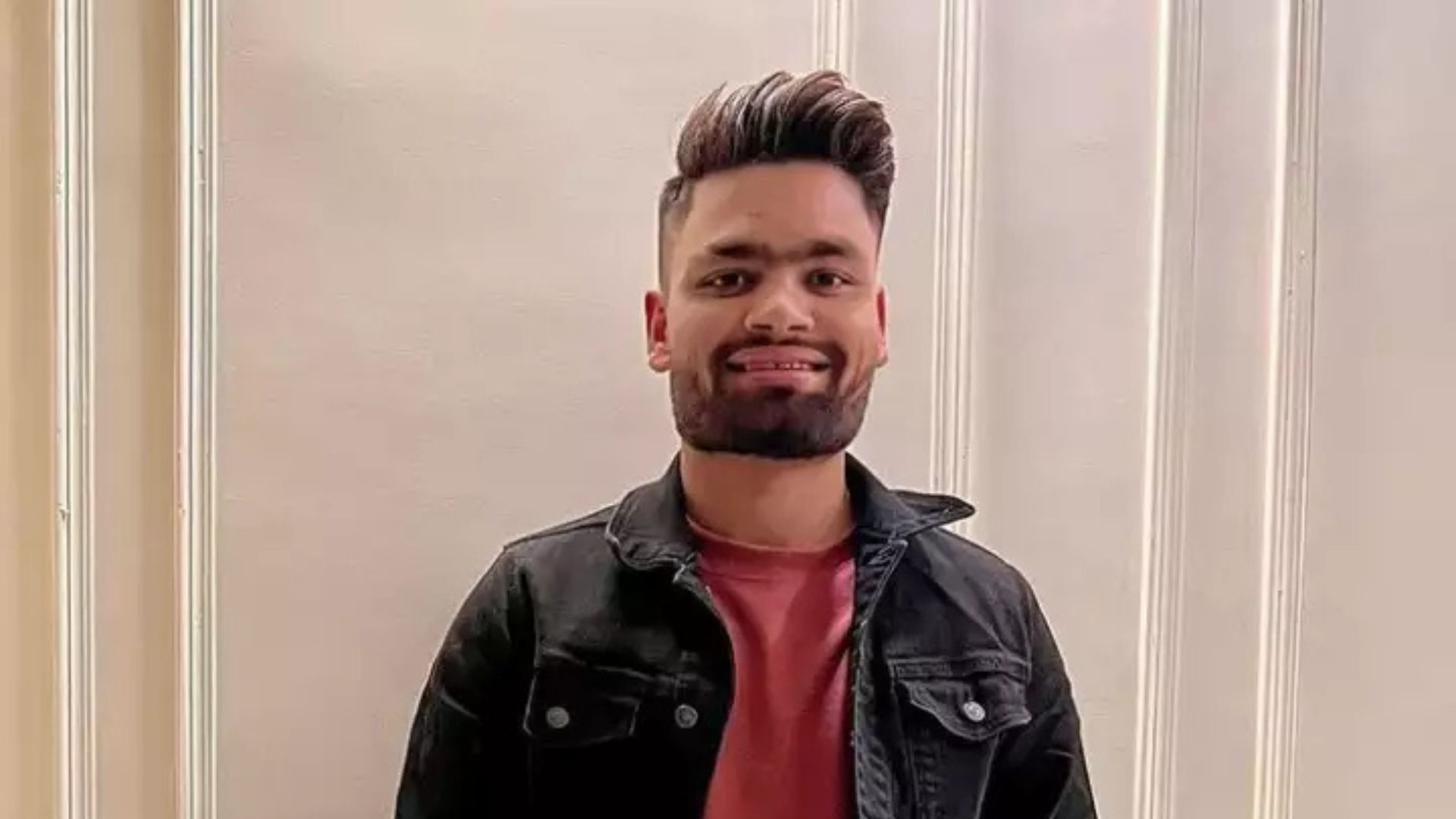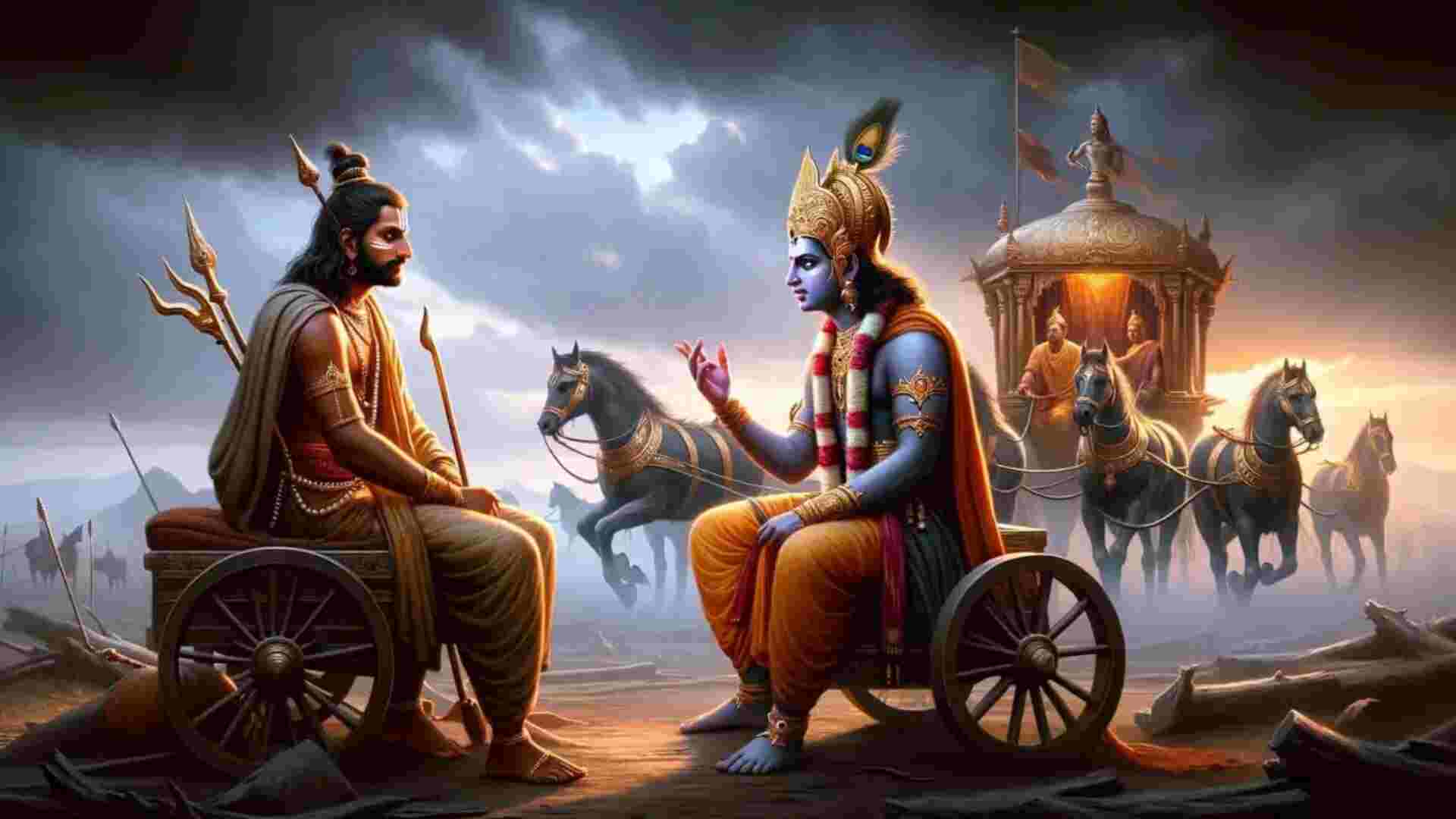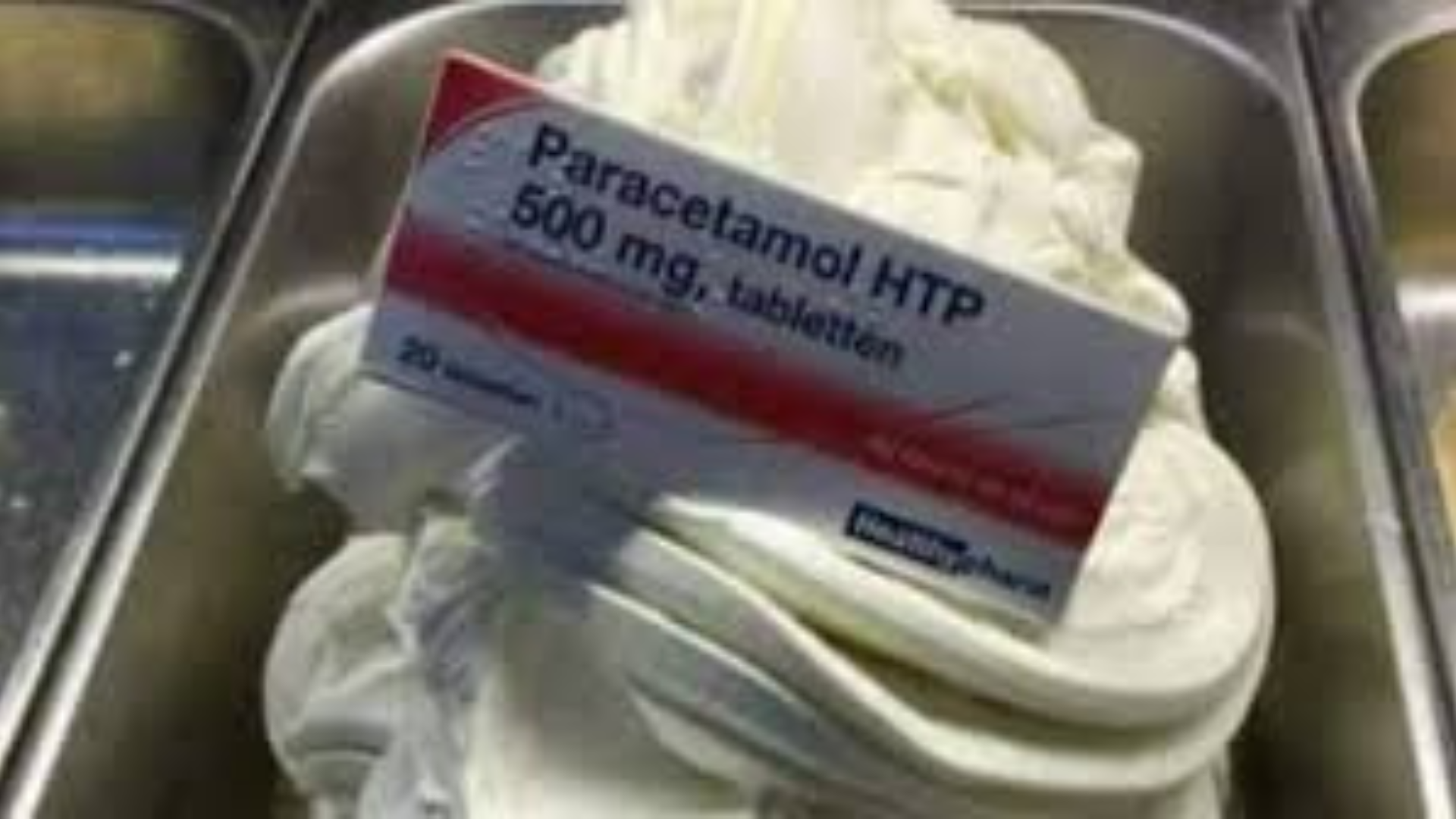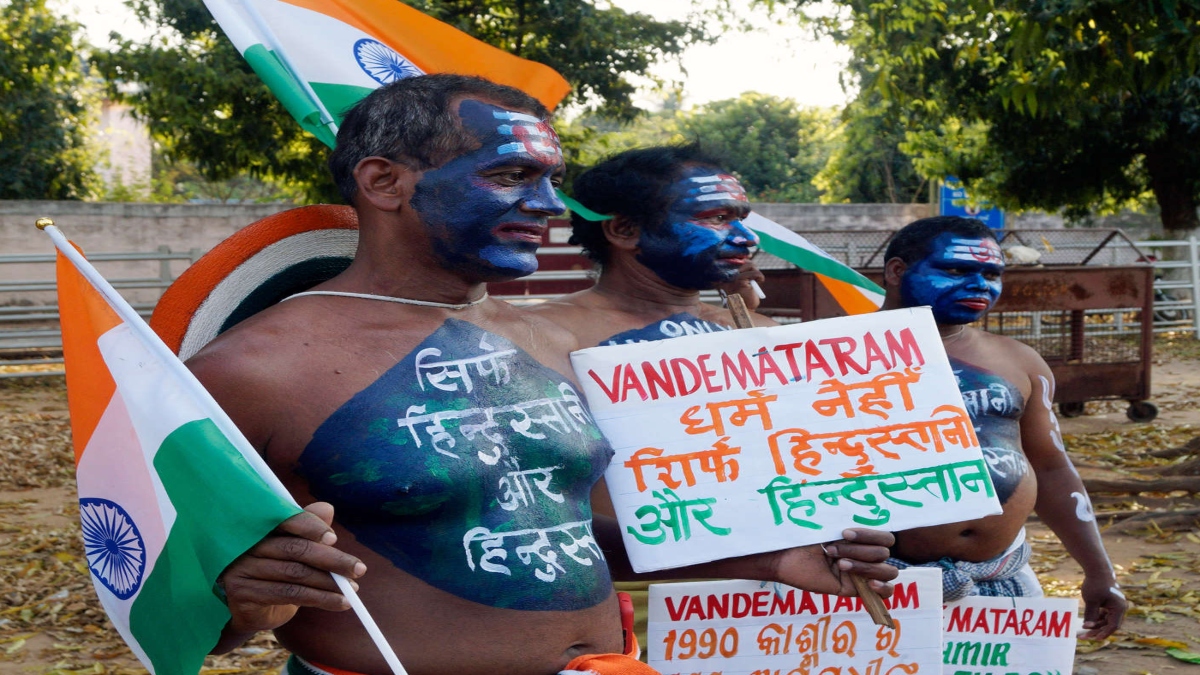
While Kashmir Files is setting new records in the history of Bollywood and vested interests have launched a tirade to defame the movie, the crucial question that reverberates in the mind of an average Indian after watching the movie is after this what? Will Justice ever be done?
The movie is the most authenticate presentation of the situation that was obtained in the valley due to Islamic radicalism forcing lakhs of Kashmiri Pandits to flee. The cries of the pandits and their pain and anger, something which was hidden behind the veil of “freedom fighters”, “militancy” and voice against suppression by the Indian government, has erupted like a dormant volcano and come out openly into the drawing rooms of an average Indian.
The issue that the middle class wanted to avoid since this would disturb the narrative and give them a fig leaf to defend themselves for not taking a stand can no longer be brushed aside. While India was writing its developmental roadmap, the pride community was suffering because of its own pride. Driven out of home since the last 32 years, the victims were shamed for upholding their pride: poor Muslims versus rich Hindu narrative.
When will justice be done to the community and what would constitute justice is the debate now. Justice is being done to the Sikh community that suffered pogrom in 1984. The plight of the Pandit community, their sufferings, mass killings and rape and plunder deserve justice too. An average Indian would love to see justice being done.
The Supreme Court in 2019 had rejected a plea by Kashmiri Pandits seeking a probe into the role of various people in the killings of Pandits. The Court said: “You (petitioner) sat over it for last 27 years. Now tell us from where the evidence will come.” Should the Court take the role of investigator? It’s time to take an old leaf from there and talk about Justice. All the sinful acts have been documented and these terrorists minced no words while taking credit for the killings.
Those feeble voices from Kashmiri Pandits that demanded a Justice Commission or Truth Commission to probe the situation and killings and other atrocities are likely to gain strength. Social harmony cannot be achieved by hiding fissures. Going back to their homes is not a charity but their rights. But they must go back with dignity and pride. They must get the welcome of heroes for holding Indian flags amidst slogan shouting by misguided youths who peddled the “Kashmir is Pakistan” narrative.
Jammu and Kashmir People’s Democratic Party (PDP) chief Mehbooba Mufti has termed the support of the Union Government and various State Governments to the movie’s right to expression as the weaponisation of pain that would prevent the two communities from coming closer. This is the most ridiculous statement. The movie is not against Muslims even as it produces strong abhorrence against terrorists and terrorism.
It does not demonise the entire society. But there were some who were silent conspirators and supported ethnic cleansing. Now that there is a breath of fresh air in the valley after the removal of Article 370 and 35A, locals must understand and appreciate that the Heaven on this earth—the valley—was converted into a living Hell in search of an Islamic State by Islamic radicals.
The pains need to be understood from the right perspective. If it produces catharsis and enables a new generation of Muslim youths to realise that their elders were killing their own blood relatives in the name of religion, the movie would have served its purpose. But Mehbooba and Abdullahs must be worried since the truth would prove to be bitter for them.
This would also bring into question the abduction of her sister Rubaiya Sayeed who was kidnapped by Yasin Malik and his associates of the JKL in December 1989. It is said that almost everyone in Srinagar knew where the hideout was but the administration was unaware. Why was her father and Union Home Minister Mufti Mohammad Sayeed so keen on the release of five JKLF militants in exchange for the release of his daughter? An impartial inquiry would reveal whether the Mufti and his family were victims or an accomplice?
Arif Mohammad Khan, who was one of the emissaries of the Central government along with IK Gujral when the kidnapping crisis had happened, has said that there was categorical assurance from the side of kidnappers that no harm would come to the Mufti’s daughter. Yet the then Home Minister was in a tearing hurry to get the terrorists released. Did Mehbooba’s family not weaponise tears then to help terrorism?
Dr Farooq Abdullah’s role in the formation of the JKLF would come under scrutiny. He would be asked to explain why he resigned on February 18, a day before the Pandits were forced to leave. Between July and December 1989, chief minister Dr Abdullah had secured the release of 70 dreaded terrorists who were trained by the ISI and who helped to further radicalise the youths by glorifying terrorism and launched the genocide programme on 19 January 1990.
Instead of shouldering the responsibility to protect citizens, Dr Abdullah resigned and took the flight to London leaving the State to utter lawlessness. Even a fool would understand that he must have been aware of the design of Pakistan backed terrorists to achieve ethnic cleansing. So, one can understand the objections the Abdullahs have launched against the movie. They and their echo system would do everything to prevent the setting of any commission to seek justice.
Hiding the dark side of people who took up arms to kill their own brethren (Kashmiri Muslims are converts from Hindus and share the same culture, ancestors and language) cannot bring peace of social harmony. The film has dared to show the truth about terrorism in the valley and the circumstances that forced lakhs of Pandits to flee. Jagmohan had written about the situation in his book ‘My Frozen Turbulence in Kashmir’ published in 1991. But none dared to present the story of rape, killings and plunder in visual form in such graphic details.
We have recorded the history of medieval India when Islamic invaders and Mughal rulers inflicted injury on local inhabitants by launching religious persecution. That this could happen in Independent India in full public view is something one could not have imagined. A balm can be applied only if you understand the pain and realise where you went wrong.
The blood boils after watching the movie and people impromptu start shouting “Bharat Mata ki Jai” and “We want Justice”. They cannot imagine that such a tragedy had befallen the Pandit community just because they were Hindus. The ugly face of Islamic terror and the design of Pakistan to radicalise Muslim youths in the valley are shown in detail. Silence of those who just watched radicalism grow in strength till it led to Pandits leaving the valley in fear cannot be condoned because they were mere spectators.
Some of the people who were dreaded because they killed in broad daylight were local chaps who were enamoured of the new status of “freedom fighters” the society had given them. They openly claimed to have killed pandits and have not been punished. This is the pain of the Pandits.
You meet any of the pandits who witnessed the terror. Their eyes well up in tears recollecting the fear and the terror and there is desperation that nothing would happen and they would not get justice. They cannot forget that the entire population of the valley had come on the street on 19 January 1990 shouting anti-India slogan and asking them to leave if they wanted to save their lives. The Muftis and the Abdullahs would do well to talk of justice for them. The mere fact that 32 years have passed does not disqualify them from seeking justice.
Peace would not come the Shikara way where the director suggested that move on. You cannot move on with such deep scars and a feeling that you are not being heard or rendered justice. The truth must come out and the country must face the truth. It is time for people to take a clear stand. Whether they are for justice for Kashmiri Pandits and all those who were forced to flee, or they still side with militants and terrorists who took up guns in search of a separate Islamic State of Jammu and Kashmir.
Can Muslims and Hindus live together in the valley where Hindus are in a minority? Can Kashmiri Pandits go back and live their lives in peace? Can we assure them a life of dignity and safety? Will the writ of the State-run irrespective of the religious status of the culprit? Is it possible to achieve complete de-weaponisation of the valley and quick redressal if someone indulges in violence?
A film like Kashmir Files is a mirror to the combined sin of the valley people who remained silent and allowed the social fabric to get vitiated. They too suffered in the process. Two generations of youths have led directionless lives of militancy and stone pelters. The movie would force them to at least repent their inability to say no to militants, their reluctance to inform the armed forces when terrorists hid in their residences and launched attacks, and their inability to understand that religion cannot be the basis of the identity of any Indian State.
The movie has shown what India wants and how an average Indian is reacting. People are angry that such a genocide happened in recent times. They are angry that the then establishment did not do enough to act tough. If Pakistan was involved why was action not taken against Pakistan? Who were the co-conspirators in India defending terrorism in the valley?
A movie does not become a hit because a political party wants it to. It becomes hit only when it honestly captures the incidents and does not tinker with facts. It is not a work of fiction and most incidents are those that actually happened and were reported in the media. It is not weaponisation of tears to create a wedge but weaponisation to seek justice. It is time to discuss Justice.
Nobody can say that the movie has fictional incidents to add to the overall focus. Normally a creative license is taken. But here the movie is more like a documentary based on facts. None has come forward to say such and such incident did not happen. As put by a Kashmiri Pandit woman who witnessed the tragedy, the movie contains only 15% of what happened in the valley.
The writer is the author of “Narendra Modi: the GameChanger”. A former journalist, he is a member of BJP’s media relations department and represents the party as spokesperson while participating in television debates. The views expressed are personal.


